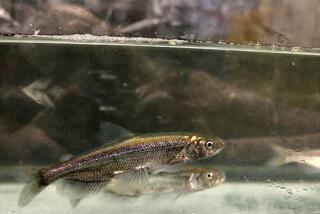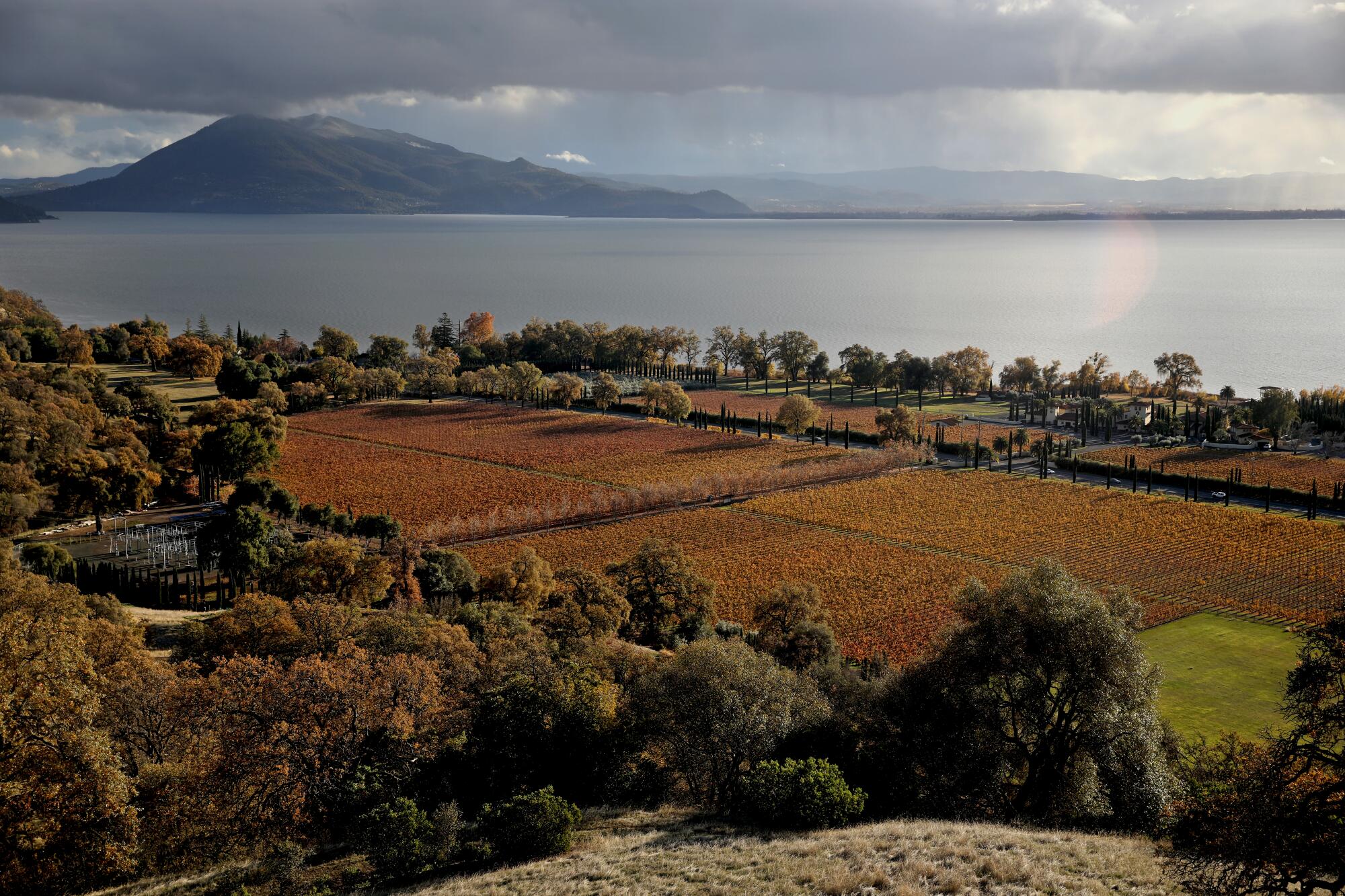
- Share via
LAKEPORT, Calif. — Spring runs of a large minnow numbering in the millions have nourished Pomo Indians since they first made their home alongside Northern California’s Clear Lake more than 400 generations ago.
The Clear Lake hitch glinted like silver dollars as they headed up the lake’s tributaries to spawn, a reliable squirming crop of plenty, steeped in history and tasty when salted and dried like jerky.
In all that time, the hitch’s domain, about 110 miles northwest of Sacramento, had never suffered the degradation of recent years.
Now, with a growing sense of sorrow, if not anger, the Pomo Indian tribes of Clear Lake are watching the symbol of abundance and security they call chi dwindle into extinction.
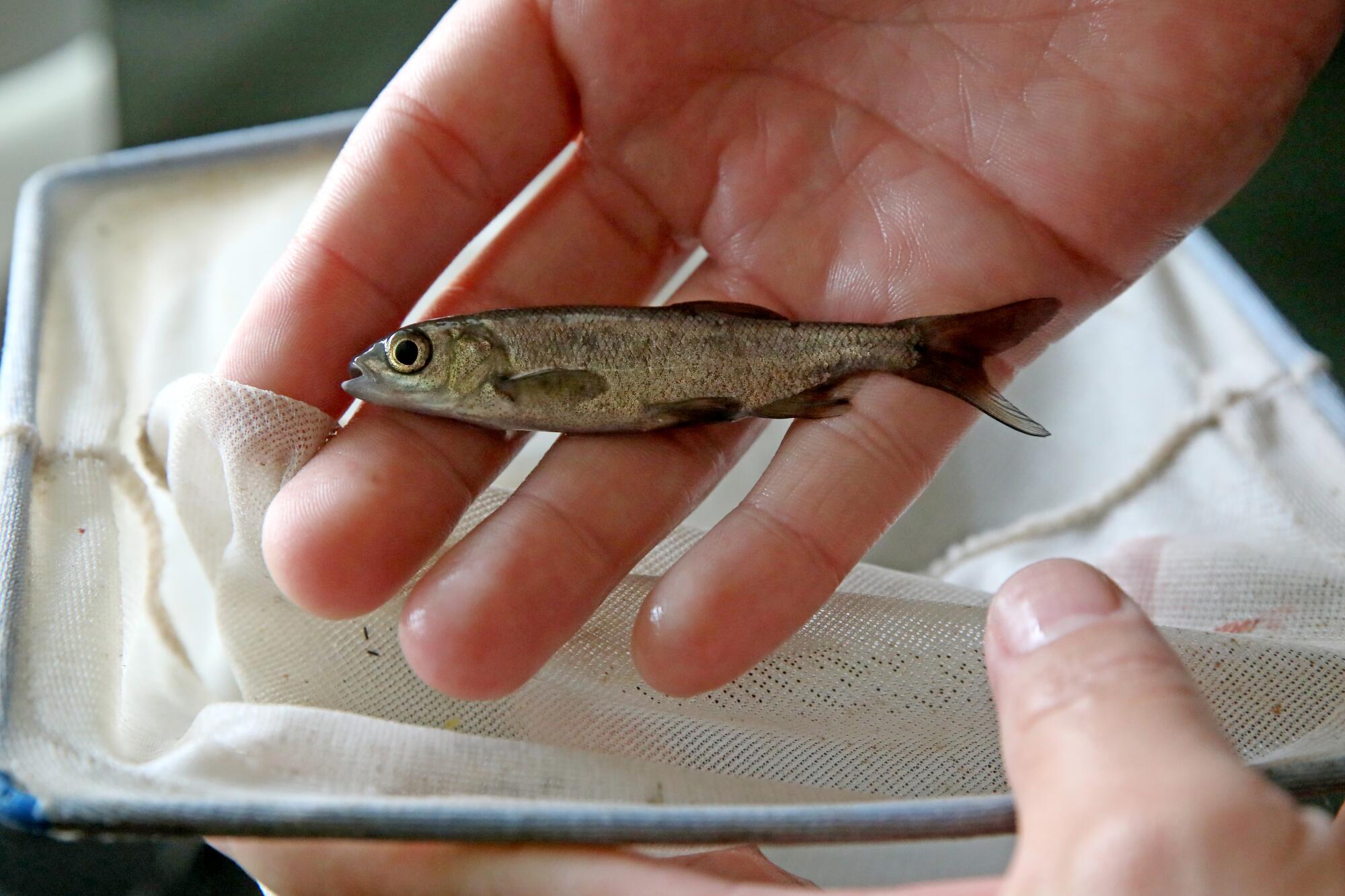
On Monday, they took the rare and drastic step of urging Interior Secretary Deb Haaland to use her emergency powers and invoke the federal Endangered Species Act on behalf of the Clear Lake hitch.
“Bringing the chi back will require a bold plan of action devised by people with the power to move mountains,” said Ron Montez, tribal historic preservation officer for the Big Valley Band of Pomo Indians.
“I have almost zero confidence in state or federal officials to save the chi and our way of life,” Montez, 72, said. “Of course, a miracle could happen.”
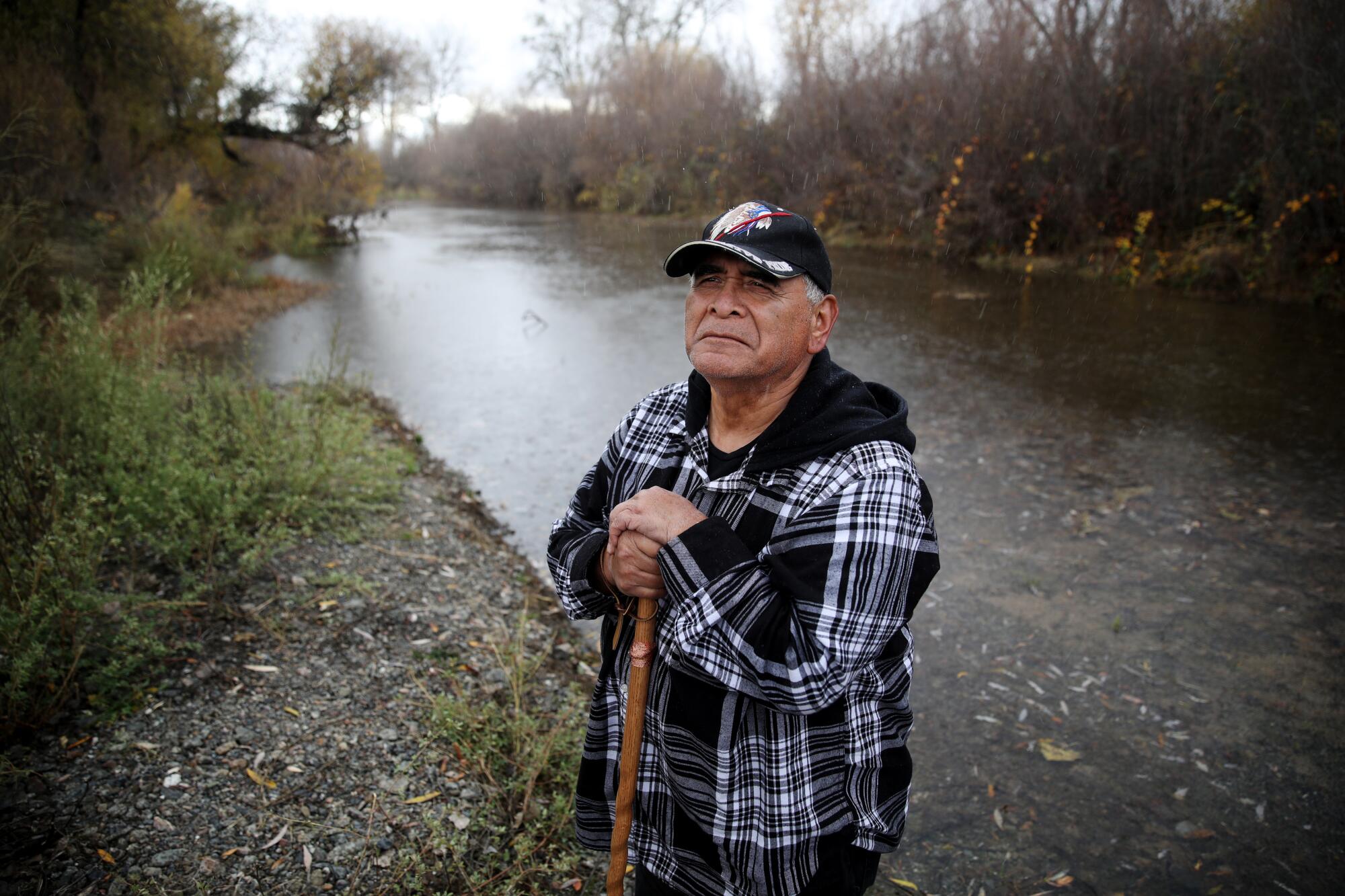
A favorable turn came on Nov. 3, when the California Fish and Game Commission urged U.S. Fish and Wildlife Service Director Martha Williams to list the imperiled fish on an emergency basis.
The Clear Lake hitch was designated as a threatened species under California’s Endangered Species Act in 2014. Since then, however, its numbers have fallen to near zero, according to recent surveys.
“Federal protections would offer additional financial and agency resources,” the commission said, and require recovery of crucial habitat. It would also prohibit harm or harassment of the species, which is not currently required under state endangered species law.
Some causes of the hitch’s decline, however, seem extraordinarily difficult to fix: prolonged drought, mercury contamination, gravel mining, an overtaxed water distribution system, pesticides and runoff from vineyards and marijuana grows, and predatory nonnative game fish.
In any case, “we’re still waiting for a response from the Service,” said Samantha Murray, president of the five-member state regulatory panel.
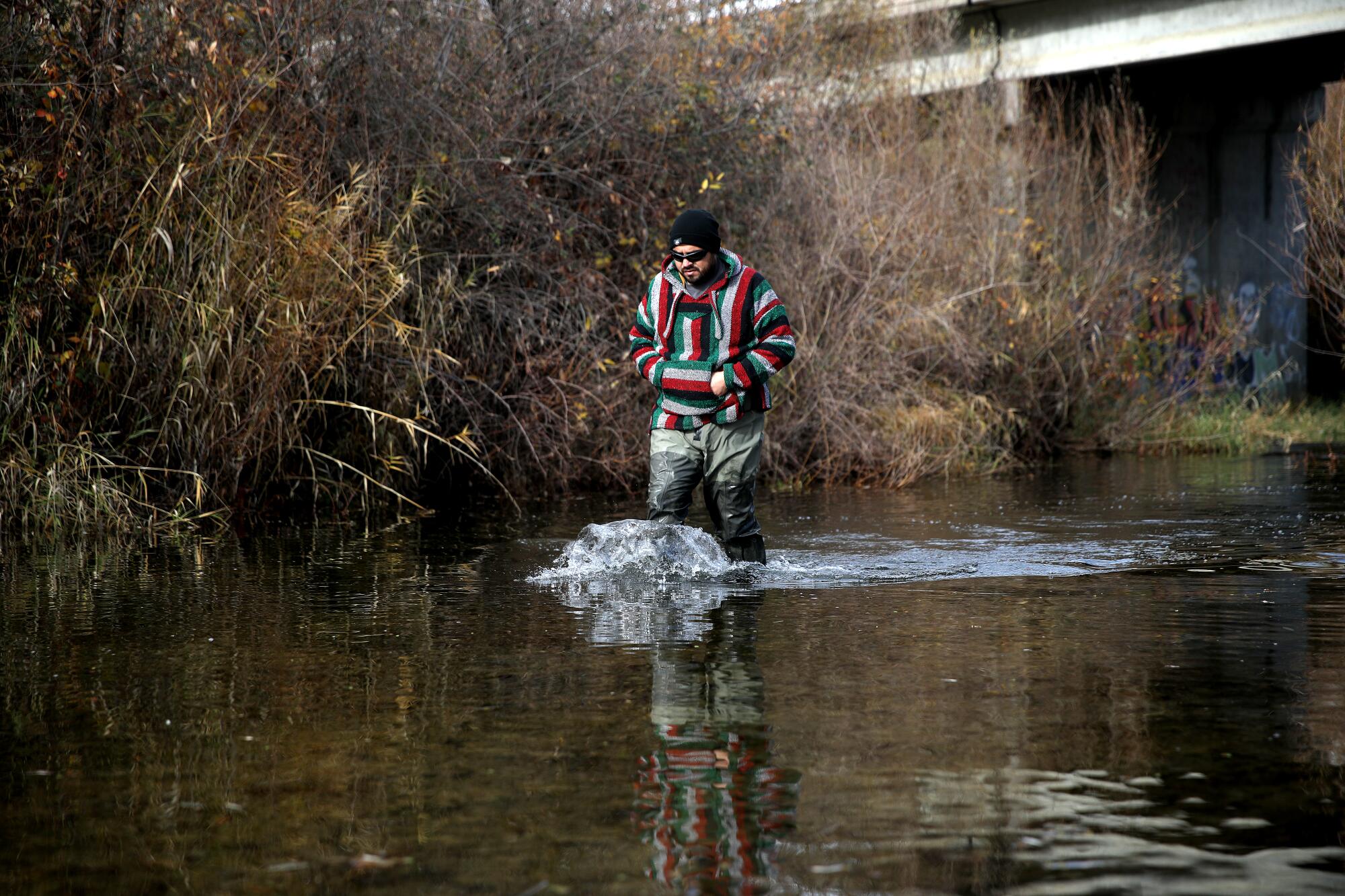
The 2023 spring spawning season is crucial for the continued survival of the Clear Lake hitch, scientists say. That’s because the last observed successful spawning was in 2017.
“Hitch have a six-year life span,” said Meg Townsend, an attorney with the Center for Biological Diversity. “So what’s unfolding before our eyes is equivalent to a human family going childless for 50 years.”
But until its fate is known for certain, Michael Fris, a field supervisor at the U.S. Fish and Wildlife Service, said his agency is unlikely to list the hitch on an emergency basis.
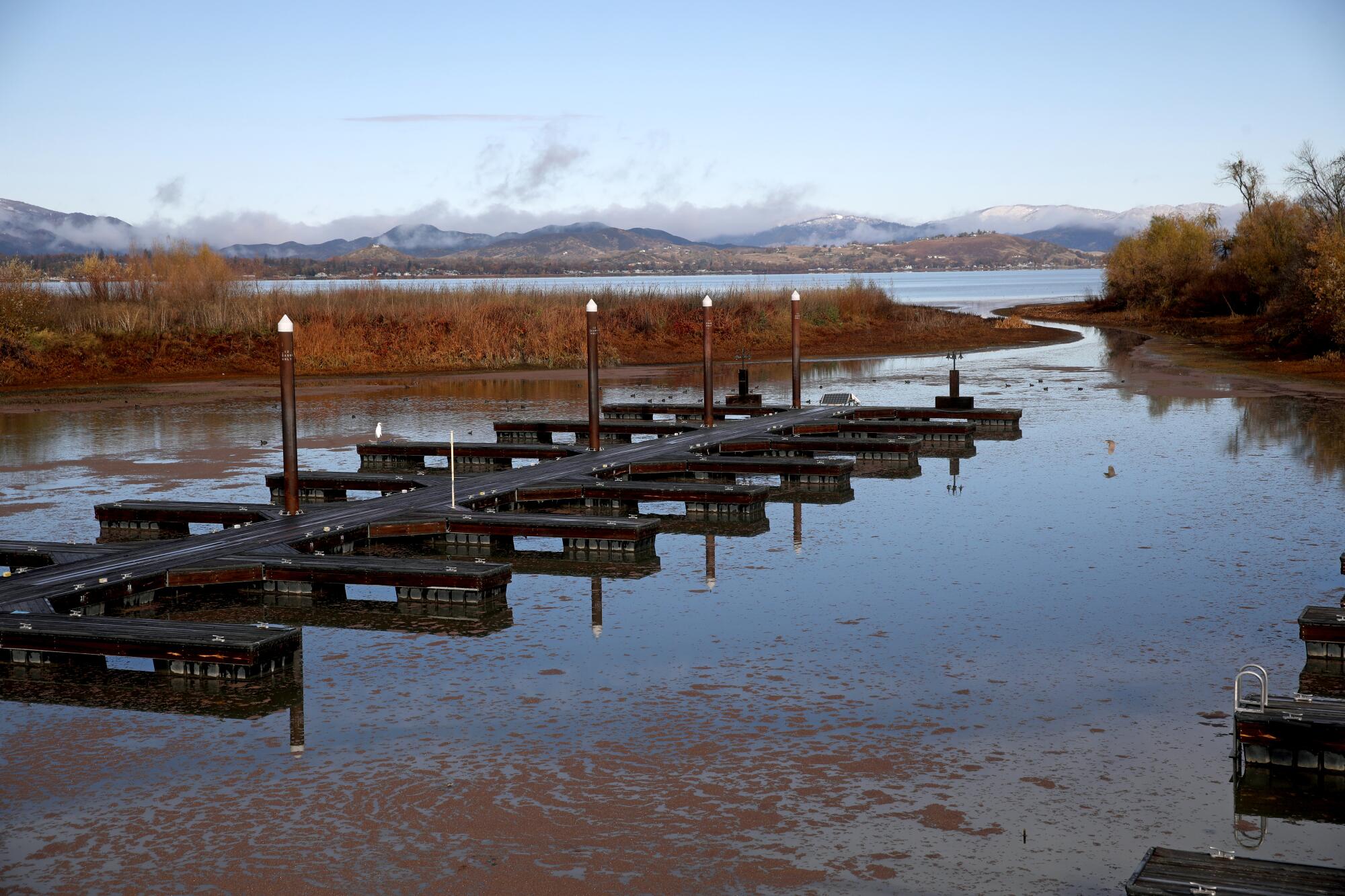
“We’re already treating the hitch as a species of high conservation importance,” he said. “And while survey data shows really low population numbers, we believe the odds of hitch going extinct in the near future are awfully low.”
The agency is expected to make a final decision on whether to list the hitch by 2025, which some argue may be too late to save the species.
That kind of talk prompted the Center for Biological Diversity, together with the Big Valley Band of Pomo Indians, Robinson Rancheria Band of Pomo Indians, Scotts Valley Band of Pomo Indians and the Habematolel Pomo of Upper Lake to take their request for emergency listing to Haaland.
All involved agree that seeking intervention under the federal Endangered Species Act is an act of desperation. Only two species have been emergency-listed as federally endangered over the last 20 years: the Miami blue butterfly in 2011 and Nevada’s Dixie Valley toad earlier this year.
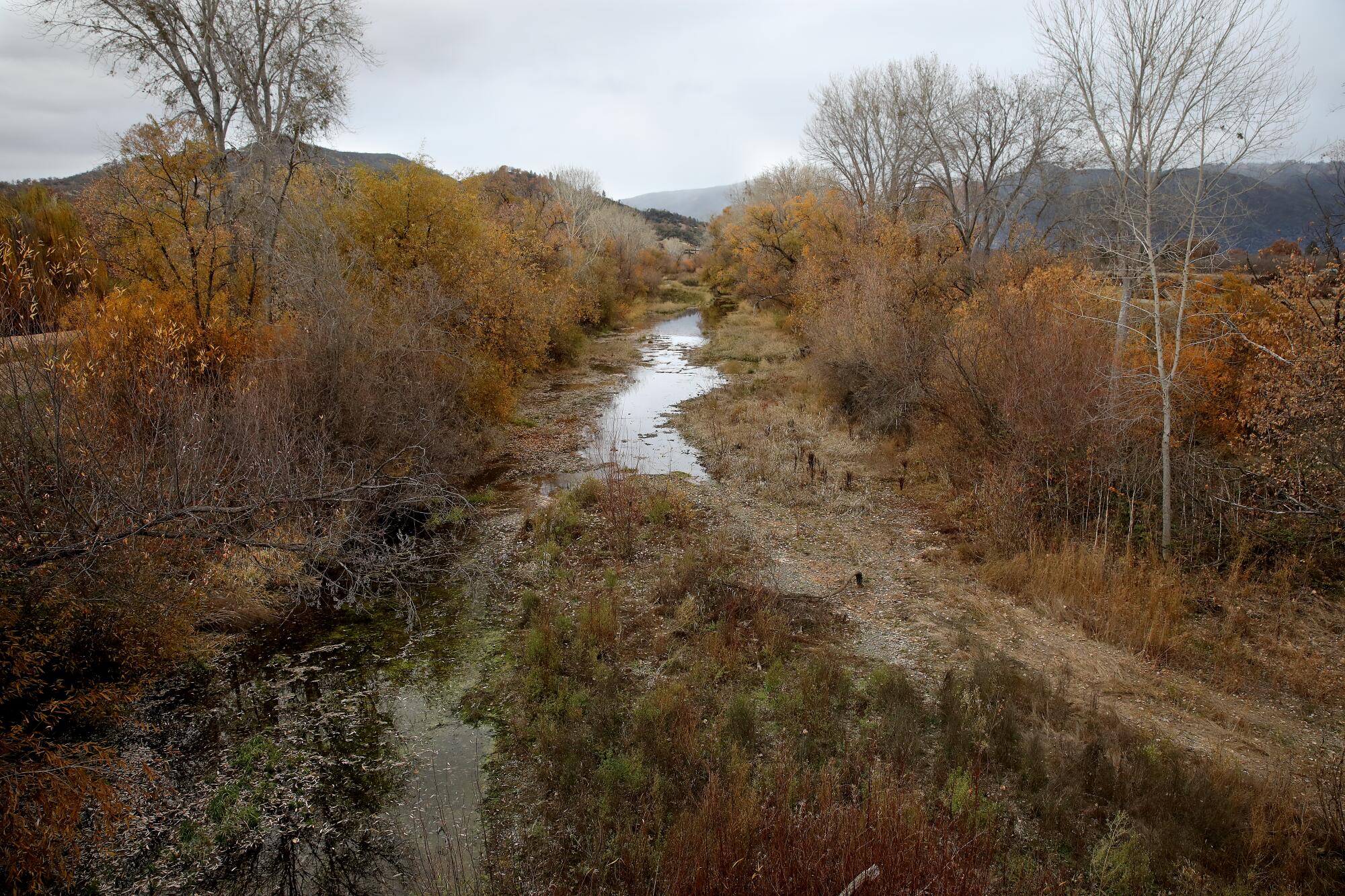
Unlike many endangered-species battles of the past, this one involves not some charismatic creature like the bald eagle, sea otter or spotted owl weakened and cornered by human progress.
The hitch is a 12-inch-long minnow found only in and around the oldest, largest and perhaps most polluted and wildfire-prone watershed in California. In 2020, the Lake County region was charred by six of the 20 largest wildfires in state history.
Despite its name, spring-fed Clear Lake is as murky as pea soup. Up to eight miles wide and 25 miles long, it is the largest natural lake in California. In summer, the water is as warm as 78 degrees and edged with slimy green algae blooms that float to the surface and rot.
An emergency listing would be likely to have immediate implications for Lake County residents.
It’s been the poor luck of the hitch to require adequate stream flows in February, March and April to trek from the lake to spawning beds at the same time agricultural interests need water to defrost their vineyards.
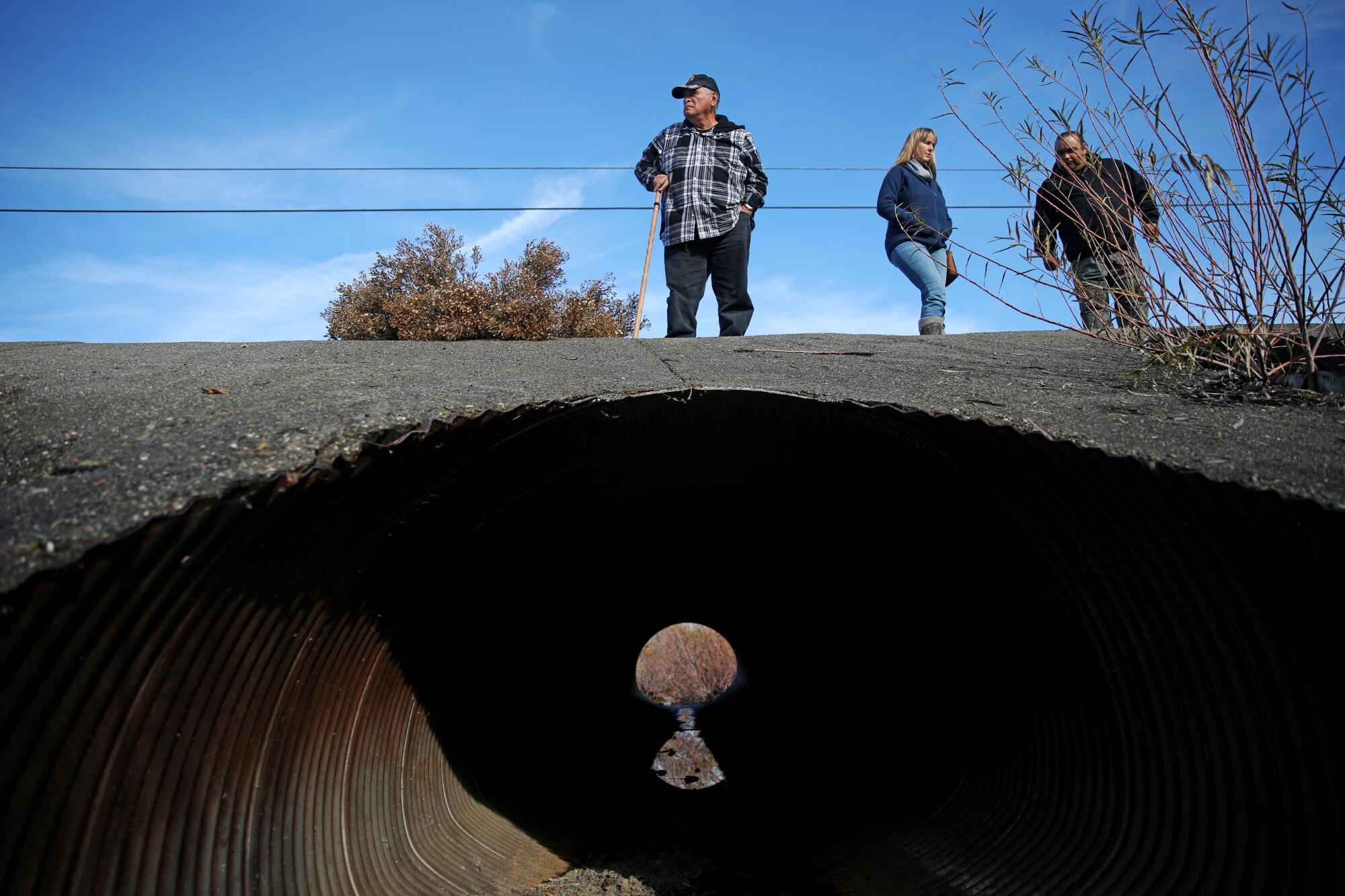
“An emergency listing would force people to consider alternatives to the way water is used in this region,” said Sarah Ryan, environmental director for the Big Valley Band of Pomo Indians.
Beyond water flows, the prospect of emergency-listing the hitch raises other economically significant issues connected to the lake’s food chain: Zooplankton are eaten by shad, crayfish and hitch, which are favored by monster catfish and largemouth bass.
Clear Lake entrepreneurs host dozens of professional bass tournaments each year that are supported by contestants from around the world.
The most popular lures in local tackle shops are hitch replicas that cost up to $180 each. Other lures are made to resemble juvenile hitch and sold under a slogan that some people feel mocks the creature’s cultural importance to Pomo people: “The All-American Trash Fish.”

Over at Clearlake Outdoors, a sporting goods store on the southern end of the lake, old-timers still talk about how local kids had a tradition of “hitching,” beating hitch to death with baseball bats for fun as they ascended streams to spawn in spring.
They also grumble over the thought of new special protections for a nongame fish disrupting human pastimes for any reason, including the hitch’s rhythmic journeys.
After all, they say, environmentalists have long complained about how fishing tournaments practice “catch and release” rules — returning large bass back to the lake so that they can feed on more hitch.
“The reason our bass grow so big is that they love to eat hitch,” mused David Burress, owner of Clearlake Outdoors.
“So, when customers ask me, ‘Where can I catch the biggest bass of my life?’ ” he added, “I send them to places hitch hang out in.”
That kind of banter and lore suggests that unless government agencies yield to Native American concerns, they are headed for a showdown of complicated and competing values.
“The way some people ridicule hitch makes me wonder what they think about the folks who eat them,” lamented Robert Geary, cultural resources director for the Habematolel Pomo of Upper Lake.
At the heart of the matter is that Pomo people were here first, and unlike many immigrants, they did not consider their native attitudes and lifestyles to be an expendable price of living in America.
Yet, their modern history is told mostly through economic hardship, rip-offs, massacres and environmental destruction.
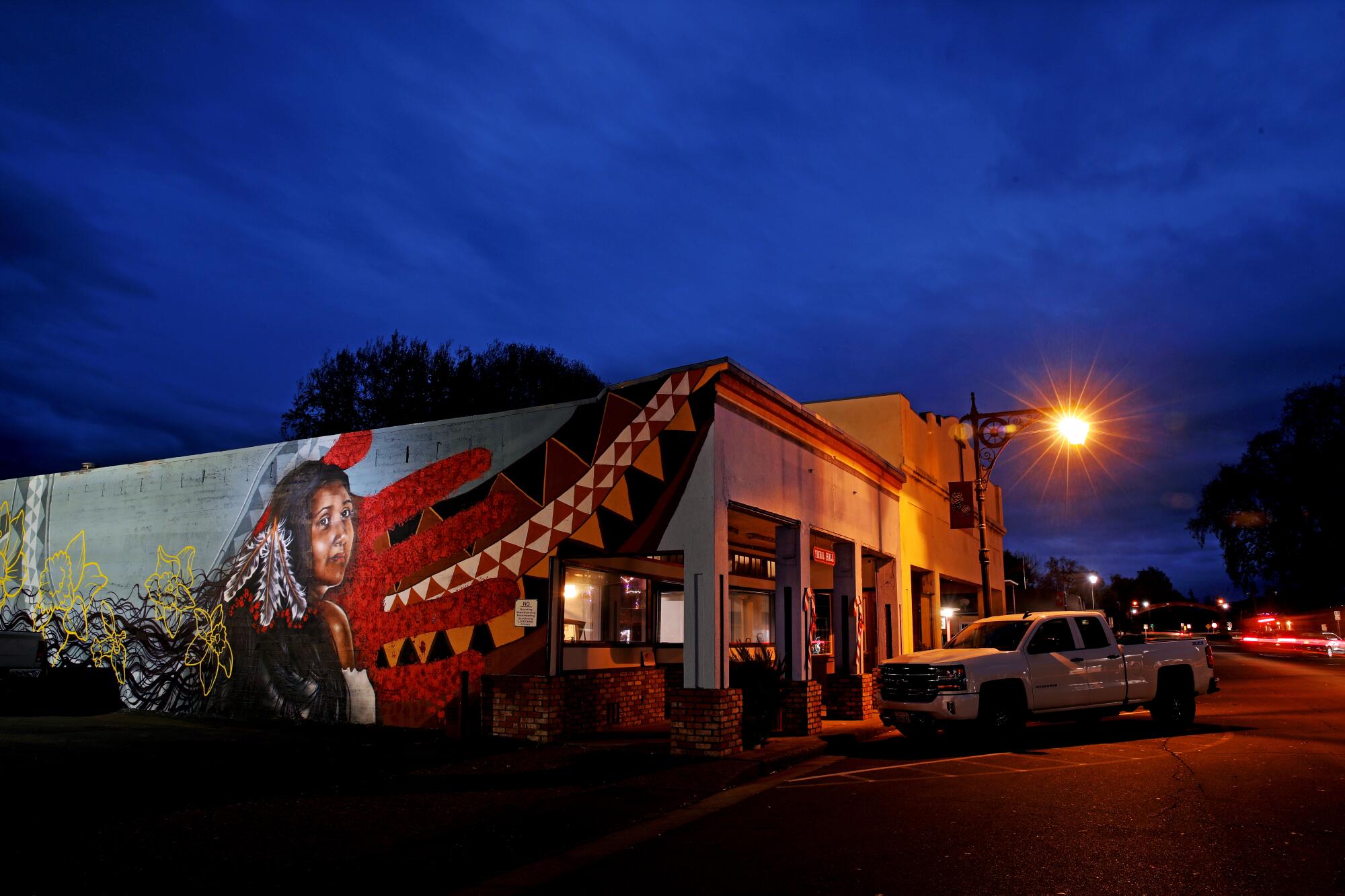
On a recent cold and rainy morning, Montez ambled with a cane along a stream where his ancestors had gathered hitch each spring without interruption for more than 11,000 years.
What he saw and felt made him feel his people’s little chunk of the Earth was out of balance.
“It’s not just the lake and streams,” he said, scanning the ripples with ill-disguised anger and frustration.
“We’ve never experienced so many overdoses, suicides, murders, cancer and diabetes cases,” he said.
“Our people believe that the creator is sending a message. We have to try harder to do things the right way.”

